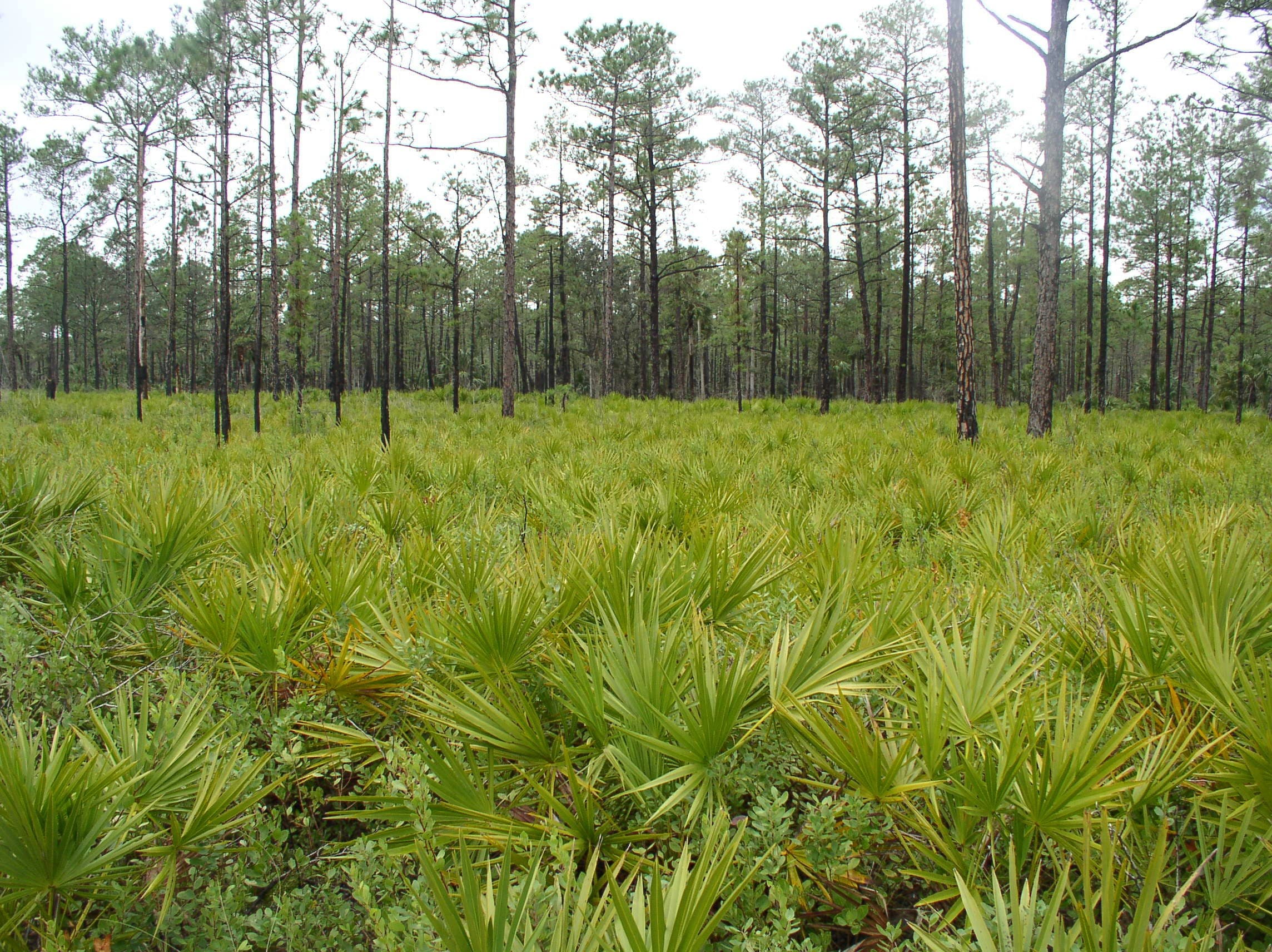
Plants: Expert Water Managers in the Face of Uncertainty
Author: Amartya Saha
Imagine receiving your salary, not biweekly or monthly, but at random times over the year and in equally random amounts. You would need to save money for daily needs, not knowing when the next packet of cash is arriving, nor how much one would receive. Plants face this exact scenario when it comes to balancing water needs.
Without water, a plant dries up. Water provides structural rigidity to a plant by filling plant cells like little water balloons. Water also carries nutrients from the soil via roots and stems to the leaves, which are the plant’s ‘kitchen’. Newly ‘prepared’ carbohydrates in the leaves are then redistributed elsewhere within the growing plant via water. However, in order to prepare these carbohydrates, the plant needs to open tiny pores on the leaf surface (called stomates) to allow carbon dioxide into the leaf. Carbon dioxide from the air is the carbon source for making carbohydrates in the process known as photosynthesis. When the tiny leaf pores are open, water inside the leaf escapes into the drier air, which drives water movement up to the leaves from the soil below via roots. As long as there is an ample water supply, the plant can afford to keep the tiny pores open and the process continues.
If soils get too dry, due to either drought or seasonal variation, the plant will close the tiny pores to avoid losing precious water. This leads to less carbon dioxide to ‘prepare’ carbohydrates, which can slow down the plant’s growth. To cope when the environment is dry, plants will send their roots out to find water wherever they can reach, often encountering masses of roots from a variety of other plants, all competing for water.
In Highlands County, very sandy soils do not hold water and dry up easily, so plants from the Florida scrub ecosystem face annual extremes of flooding and drought. However, water is rarely too far away—the lowest the water table gets is usually 6-8 feet below the surface of the ground, except in on the higher elevation sandy ridge soils where it can be far lower. Some evergreen plants such as the omnipresent Saw Palmetto have deep roots sitting below the water table and they manage fine, even if it does not rain in July. Other woody plants, such as the scrub oaks, barely manage to reach the water through a network of fine roots spread out in the wet soil immediately above the water table. If rains get delayed, the water table drops further and these plants may start to show signs of stress such as leaf shedding, lowered rates of photosynthesis and eventually stem die-off. Slow-growing shrubby plants, such as Florida Rosemary, have a dual root system where they can take water from both shallow and deeper depths of soil. Thus, in order to coexist, the scrub plant community has developed strategies to share the common water resource in different places and in different times of the year.
Underground exploration does not stop at the roots. Plants can maintain a relationship with a root fungus called mycorrhizae, which can grow tiny strands called hyphae that are able to extend beyond the roots and creep into miniscule pockets of water within the soil. The fungus will directly pass the water to the plant in exchange for plant-manufactured carbohydrates; similar to how trading operates in a market economy.
Plants are like straws on the landscape, sucking out water from the ground and losing it to the air. “Here in South Florida, the water they transpire away is lost to the atmosphere—witness the massive anvil-shaped thunderclouds that form rapidly on summer days.” Explains Archbold ecohydrologist Dr. Amartya Saha, “farmers and ranchers need to know how much water might be lost so that they can know how much irrigation is required. Similarly, state water management agencies need to know how much water is lost via evaporation and by transpiration by plants, and how much comes in via rainfall, so that they can forecast and manage water supply for towns, industry and for maintaining adequate flows and levels in lakes, rivers, and wetlands.”
In order to contribute to this knowledge, scientists at Archbold’s Buck Island Ranch are measuring how much water is taken up in different seasons by various plant communities in south-central Florida cattle ranches. One technique uses a lysimeter, where different communities of grassland plants are grown in pots placed in leak-proof tubs, and the pots are weighed to determine daily water loss via both transpiration from the plants and evaporation of water from the soil. The data collected over a year or more can inform how much water is lost seasonally by these processes, and how different plant species and communities vary in their water use.
Thirsty exotic plants that require lots of watering because they are not adapted to our local conditions, can lower the water table and lake levels, as has been seen with Melaleuca in the Everglades. Understanding how different plants use water, whether it be in the scrub or on ranchland, is important knowledge for water managers, ranchers, and conservationists.